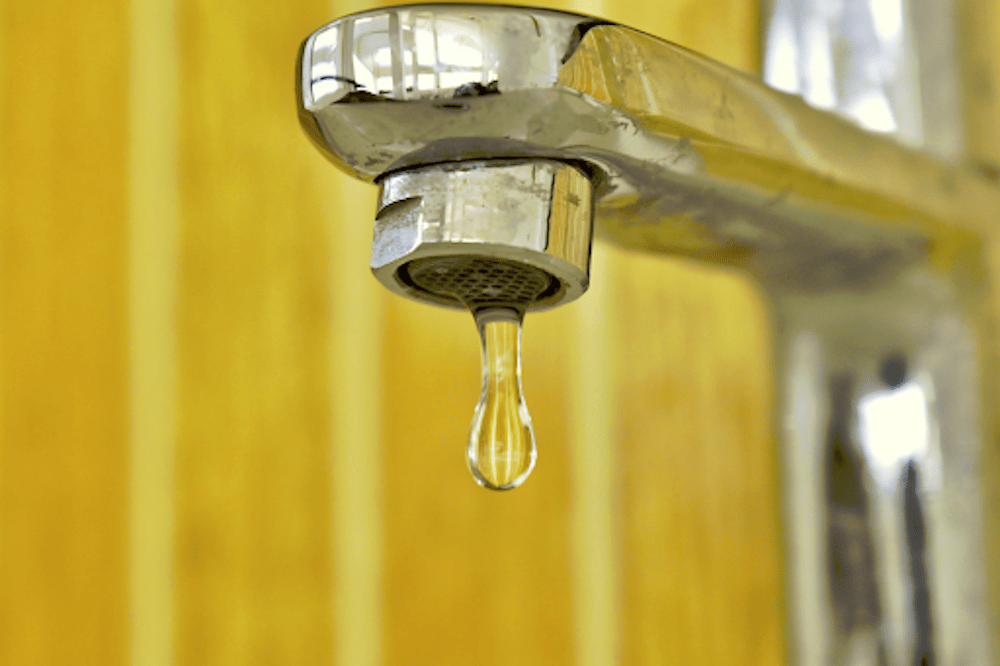Table of Contents
We put a lot of trust in our drinking water, and it’s arguably the most important utility supplied to modern homes. However, it’s also possible for contamination to occur, which can lead to wide-ranging issues for the affected communities.
So how does this happen, and what are the best strategies for protecting yourself and your family from compromised water supplies?
The sources of contamination explored
Contamination of drinking water occurs when unwanted substances get into the supply at concentrations that are dangerous for humans to consume.
It’s impossible to keep drinking water entirely pure, of course, but developed countries take significant steps to minimize the proportion of contaminants, and regular water quality testing is carried out by state-level health authorities to detect issues as soon as possible.
So what sources of contamination do you need to be aware of in order to prevent water-related illnesses? Well, this can result from the use of fertilizers and pesticides on farmland which then runs off into nearby bodies of water.
It can also be caused by industrial waste from manufacturing sites. There are also natural causes of contamination, such as from wildlife and from harmful chemicals that originate from the soil.
Lastly, there are instances of contamination that come about because of flaws in the system which distributes the water, whether that’s a cracked pipe or an internal conduit that is made of a metal that’s no longer permitted under modern building regulations.
Contaminated water scandals have led to lawsuits, e.g. Camp Lejeune
When drinking water gets contaminated, people can become seriously ill and even die in the most extreme cases. A historic example occurred at Camp Lejeune, a military base at which personnel and visitors were exposed to toxic chemicals in drinking water for three decades.
Today, Camp Lejeune lawsuit attorneys take care of compensation cases that are still coming about as a result of this scandal, with diseases like lung cancer and Parkinson’s being suffered by those affected.
This example is all the more troubling because those in charge were aware of the contamination, but did not act to rectify it, exacerbating the fallout.
Also, widespread concerns about chemical contamination have been growing due to similar negligence in other regions. For instance, cases involving PFAS exposure have shown how industrial pollutants can quietly impact communities over time.
For those affected, it can be important to explore average pfas lawsuit settlement payouts to understand what kind of compensation might be available.
Ways to deal with the likelihood of contaminated drinking water
You have a few options for sidestepping potentially dangerous water supplies, such as:
Boiling water before drinking
Minor contamination of drinking water, where germs are the main cause for concern, can be managed relatively easily, so long as you are somewhat patient. Boiling water in this instance will be enough to kill off any nastiness it contains, leaving it safe to drink once it has cooled down.
Be aware that this is not always enough, and your local supplier should alert you to any instance in which drinking even after boiling should not be attempted.
Using a water filter
There are products out there that are capable of filtering water to remove contaminants, and while these tend to be targeted at the outdoor excursions market, they can work in the case of drinking water at home being contaminated. Water filtration Systems for the home can be found online and many big stores
Buying bottled water as a backup
You don’t need to be a prepper to have a small stash of clean drinking water tucked away somewhere in your home. Even a few gallons of store-bought water will be enough to see you through periods in which your main supply is out of action for whatever reason.
Just remember that bottled water has a use-by date, mainly because of the plastics of the container, so be aware of this and refresh your supply intermittently.
In summary, you need to use your common sense and adhere to official guidelines, rather than taking risks or making assumptions.
Image Source: Pexels


